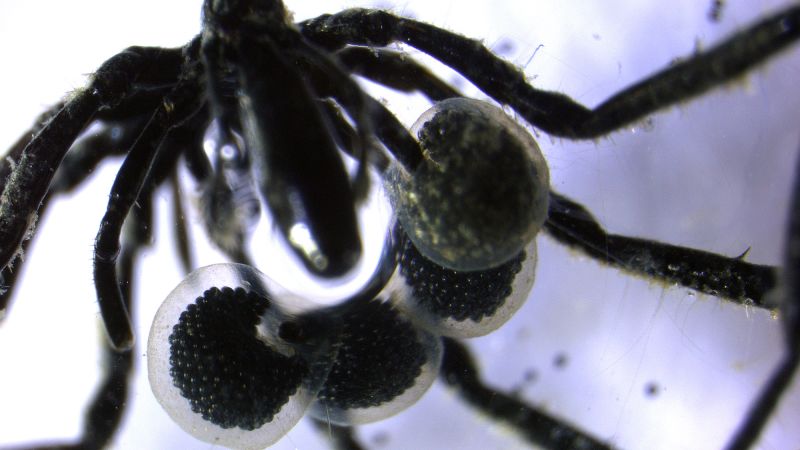LOS ANGELES — In a groundbreaking discovery, scientists have identified three new species of sea spiders that thrive on methane, revealing unique survival strategies in the ocean’s depths.
Breaking: Unique Sea Spiders Found Off US Coast
Researchers have uncovered three previously unknown species of sea spiders off the US West Coast. These creatures, residing in the deep-sea methane seeps, have developed a symbiotic relationship with bacteria, allowing them to feed on methane gas seeping from the ocean floor. The study, published in the Proceedings of the National Academy of Sciences, highlights a fascinating adaptation in one of the ocean’s most mysterious environments.
Immediate Impact
This discovery sheds light on how these sea spiders, part of the Sericosura genus, manage to survive in such inhospitable conditions. Unlike their terrestrial relatives, these spiders lack the appendages to capture prey, relying instead on bacteria that convert methane and oxygen into nutrients.
“Just like you would eat eggs for breakfast, the sea spider grazes the surface of its body, and it munches all those bacteria for nutrition,” said Shana Goffredi, principal investigator and biology professor at Occidental College.
Key Details Emerge
These sea spiders, found in sparsely studied marine habitats known as methane seeps, have evolved a unique nutrition strategy never before observed in their kind. As the bacteria colonize the spiders’ exoskeletons, they provide a steady food source, converting methane into sugars and fats.
By the Numbers
The newly discovered Sericosura spiders are translucent and measure approximately 0.4 inch (1 centimeter) in length.
Expert Analysis
Marine biologist Nicole Dubilier, a professor at the Max Planck Institute for Marine Microbiology, explained that these deep-sea ecosystems rely on chemicals rather than sunlight for energy. The bacteria feeding on methane attach themselves to sea animals, ensuring they remain close to their food source.
“This is really the beauty of the symbiosis between the two: The bacteria get that perfect Goldilocks zone with everything they need,” Dubilier said.
Background Context
While the deep-sea environment may seem remote, its role in regulating methane levels in Earth’s atmosphere is crucial. Methane, a potent greenhouse gas, is naturally released during the decomposition of marine life. The symbiotic relationship between these spiders and their bacteria could help prevent methane from reaching the surface.
Future Implications
Goffredi suggests that the microbes found on these sea spiders could one day be cultured to reduce water contaminants elsewhere. The discovery also highlights the importance of preserving deep-sea habitats, which are home to highly localized species.
“You have to be very careful if you decide to use the seafloor for mining, for example. We don’t want to cause any kind of irreparable harm to very specific habitats that aren’t found anywhere else,” Goffredi warned.
Further exploration of the ocean floor may reveal additional species with similar adaptations, offering more insights into the complex ecosystems that exist in the planet’s most extreme environments.
